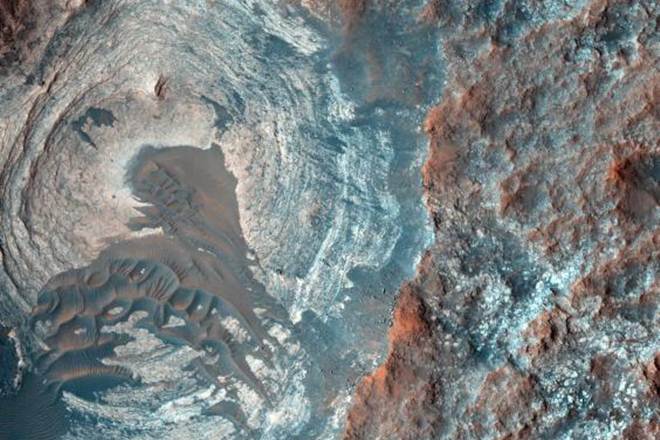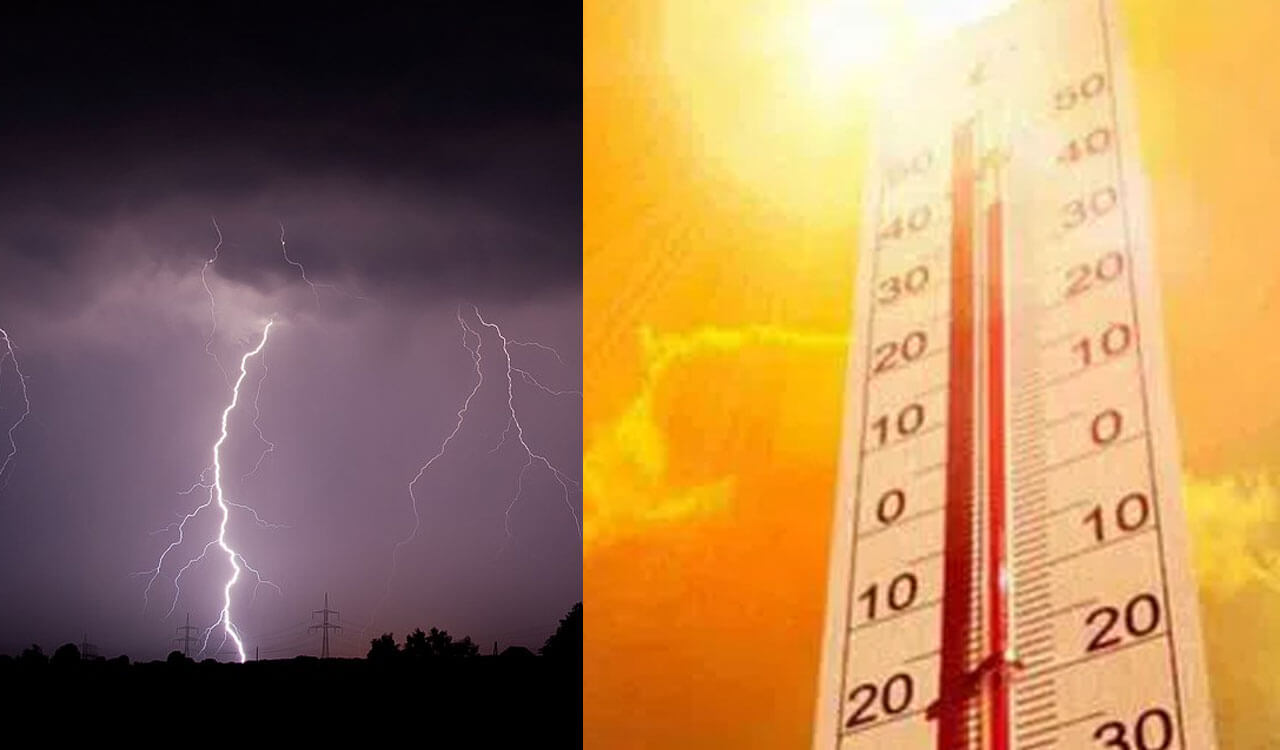Mars had liquid water for longer than thought: study
Thu 01 Jun 2017, 13:04:34
Mars was capable of supporting life for much longer than previously believed, say scientists who have discovered "halos" of silica-rich bedrock on the red planet.
The findings are based on data from NASA's Curiosity rover that spotted lighter-toned bedrock that surrounds fractures and comprises high concentrations of silica - called "halos" - in Gale crater on Mars.
"The concentration of silica is very high at the centerlines of these halos," said Jens Frydenvang, from Los Alamos National Laboratory in the US."What we are seeing is that silica appears to have migrated between very old sedimentary bedrock and into younger overlying rocks," said Frydenvang.
The goal of Curiosity rover mission has been to find out if Mars was ever habitable, and it has been very successful in showing that Gale crater once held a lake with water that we would even have been able to drink, but we still do not know how long this habitable environment endured.
"What this finding tells us is that, even when the lake eventually evaporated, substantial amounts of groundwater were present for much longer than we previously thought - thus further expanding the window for when life might have existed on Mars," Frydenvang said.
Whether this groundwater could have sustained life remains to be
seen, researchers said.
seen, researchers said.
The halos were analysed by the rover's science payload, including the laser-shooting Chemistry and Camera (ChemCam) instrument.The elevated silica in halos was found over about 20 to 30 meters in elevation near a rock-layer of ancient lake sediments that had a high silica content.
"This tells us that the silica found in halos in younger rocks close by was likely remobilised from the old sedimentary rocks by water flowing through the fractures," said Frydenvang, lead author of the finding published in the journal Geophysical Research Letters.
Specifically, some of the rocks containing the halos were deposited by wind, likely as dunes. Such dunes would only exist after the lake had dried up.
The presence of halos in rocks formed long after the lake dried out indicates that groundwater was still flowing within the rocks more recently than previously known.
Curiosity has travelled more than 16 kilometres over more than 1,700 sols (martian days) as it has travelled from the bottom of Gale crater part way up Mount Sharp in the centre of the crater.
Scientists are using all the data collected by ChemCam to put together a more complete picture of the geological history of Mars.
No Comments For This Post, Be first to write a Comment.
Most viewed from Specials
Most viewed from World
AIMIM News
Latest Urdu News
Most Viewed
May 26, 2020
Do you think Canada-India relations will improve under New PM Mark Carney?
Latest Videos View All
Like Us
Home
About Us
Advertise With Us
All Polls
Epaper Archives
Privacy Policy
Contact Us
Download Etemaad App
© 2025 Etemaad Daily News, All Rights Reserved.























.jpg)
.jpg)
.jpg)
.jpg)

















